Exhibition
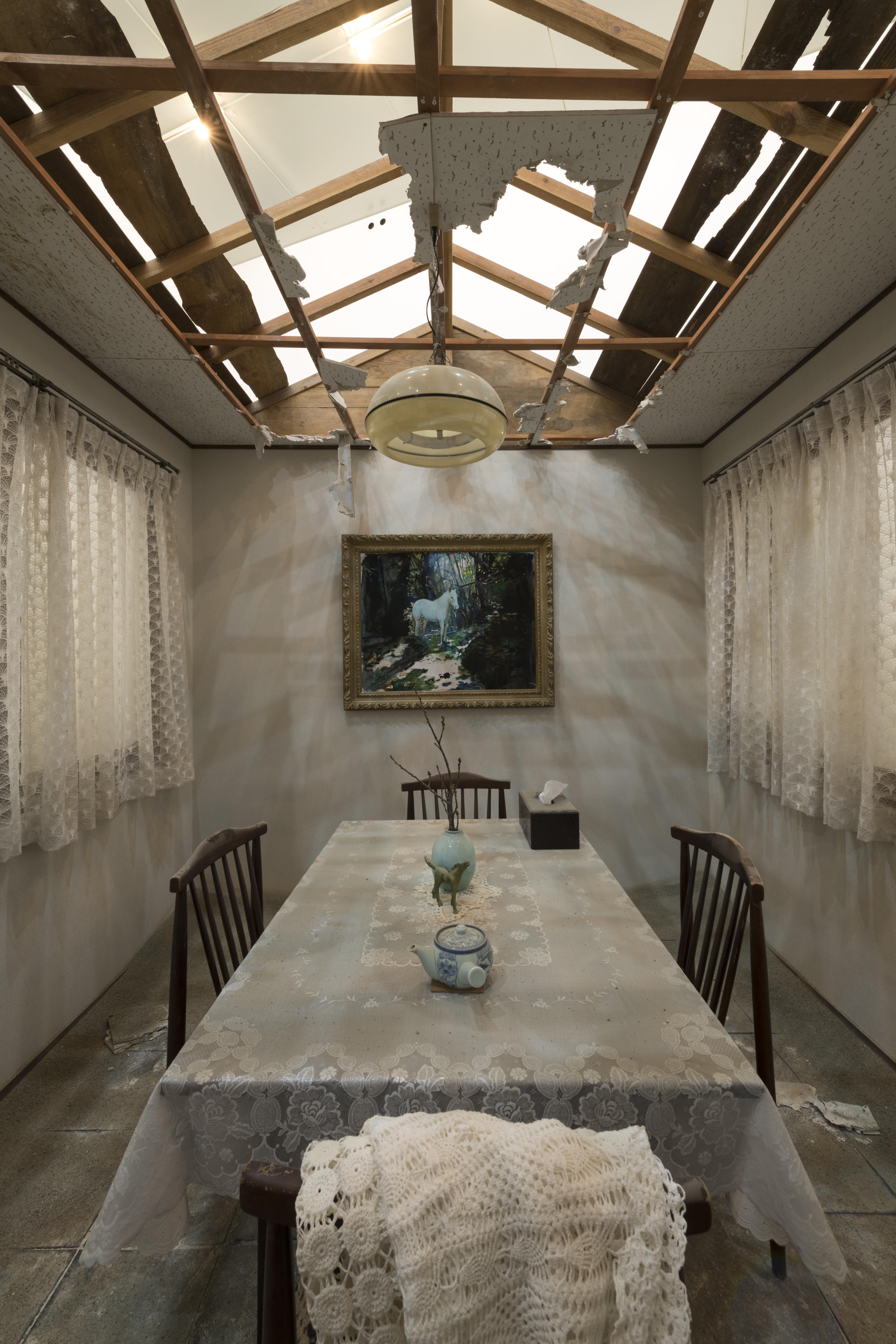
The installation view of solo show: Aperto 15 TOMIYASU Yuma The Pale Horse, at 21st Century Museum of Contemporary Art, Kanazawa. 2021-2022
photo: Horoshi Noguchi
Yuma Tomiyasu solo exhibition : The Doom
2021, Dec. 17(Fri.) - 2022, Jan, 23 (Sun.)
| Date | 2021, Dec. 17(Fri.) - 2022, Jan, 23 (Sun.) |
|---|---|
| Hours | Wed. - Fri. 12:00 - 19:00 / Sat. Sun. 11:00 - 17:00 *shortening in opening hours / ★January 15th (Sat.) 13: 00-18: 00 |
| Closed | Closed on Mondays, Tuesdays and 12. 27 (Mon.) - 1. 4 (Tue.) |
| artist at the gallery | Dec. 17(Fri.) |
The first time I saw a work by Yuma Tomiyasu on display was in 2018. It was at an exhibition of shortlisted pieces for the 21th Taro Okamoto Award for Contemporary Art at the Taro Okamoto Museum of Art, in Kawasaki. Tomiyasu’s creation stood out as particularly impressive.
However, I had to stop and ask myself whether what I saw was really an exhibit at all. She had inserted into the neutral space of the museum a contrasting space – a Western-style room. Rather than using the museum to display her work, she imposed on it a room within a room, from the real world.
Museum spaces are normally abstractions, allowing for display of any kind of work. Strong, particular taste is avoided, and the ultimate is the noiseless ‘white cube’ . Tomiyasu’s room fitted inside such a space, like a yoke into a pure white eggshell.
Her work invites us to consider what is going on inside the room. What is important, I believe, is the internality of that interior. The room is full of indications that something is about to happen, and from time to time, in fact, something unexpected does occur. Perhaps we pay more attention than is needed, but this is natural enough, for what happens is like some psychic, or paranormal phenomenon.
We are startled when something occurs, but we accept this as the essence of the art work. Potentially we understand that Tomiyasu’s room contains, within the internal space of the museum, another internality which is surrounded by an exodermis.
Considered this way, it can be said that Tomiyasu often makes dreams the subject of her work. Dreams serve as her expressional starting points, and she recreates their same structures in our experience of viewing. She shows the internality of the interior space.
We know that dreams are not realities, yet it is impossible to recognise this while in the act of dreaming. We only realise dreams as dreams when they are recalled. Recollected dreams float on the surface of the real in the form of memories taken from the internal spaces of our minds, which, in turn, lie within the real world. This format-structure quality of dreams, that is, their inner internality, is hidden within Tomiyasu’s exhibit. It fills her room, and constructs it as its main frame.
However, I had to stop and ask myself whether what I saw was really an exhibit at all. She had inserted into the neutral space of the museum a contrasting space – a Western-style room. Rather than using the museum to display her work, she imposed on it a room within a room, from the real world.
Museum spaces are normally abstractions, allowing for display of any kind of work. Strong, particular taste is avoided, and the ultimate is the noiseless ‘white cube’ . Tomiyasu’s room fitted inside such a space, like a yoke into a pure white eggshell.
Her work invites us to consider what is going on inside the room. What is important, I believe, is the internality of that interior. The room is full of indications that something is about to happen, and from time to time, in fact, something unexpected does occur. Perhaps we pay more attention than is needed, but this is natural enough, for what happens is like some psychic, or paranormal phenomenon.
We are startled when something occurs, but we accept this as the essence of the art work. Potentially we understand that Tomiyasu’s room contains, within the internal space of the museum, another internality which is surrounded by an exodermis.
Considered this way, it can be said that Tomiyasu often makes dreams the subject of her work. Dreams serve as her expressional starting points, and she recreates their same structures in our experience of viewing. She shows the internality of the interior space.
We know that dreams are not realities, yet it is impossible to recognise this while in the act of dreaming. We only realise dreams as dreams when they are recalled. Recollected dreams float on the surface of the real in the form of memories taken from the internal spaces of our minds, which, in turn, lie within the real world. This format-structure quality of dreams, that is, their inner internality, is hidden within Tomiyasu’s exhibit. It fills her room, and constructs it as its main frame.
Noi Sawaragi (Art critic)
Artists
Related News








![[ART FAIR] Kiaf SEOUL 2023 / 키아프 서울 2023](https://artfrontgallery.com/whatsnew/assets_c/2023/09/kiaf-thumb-652x652-11457.jpg)
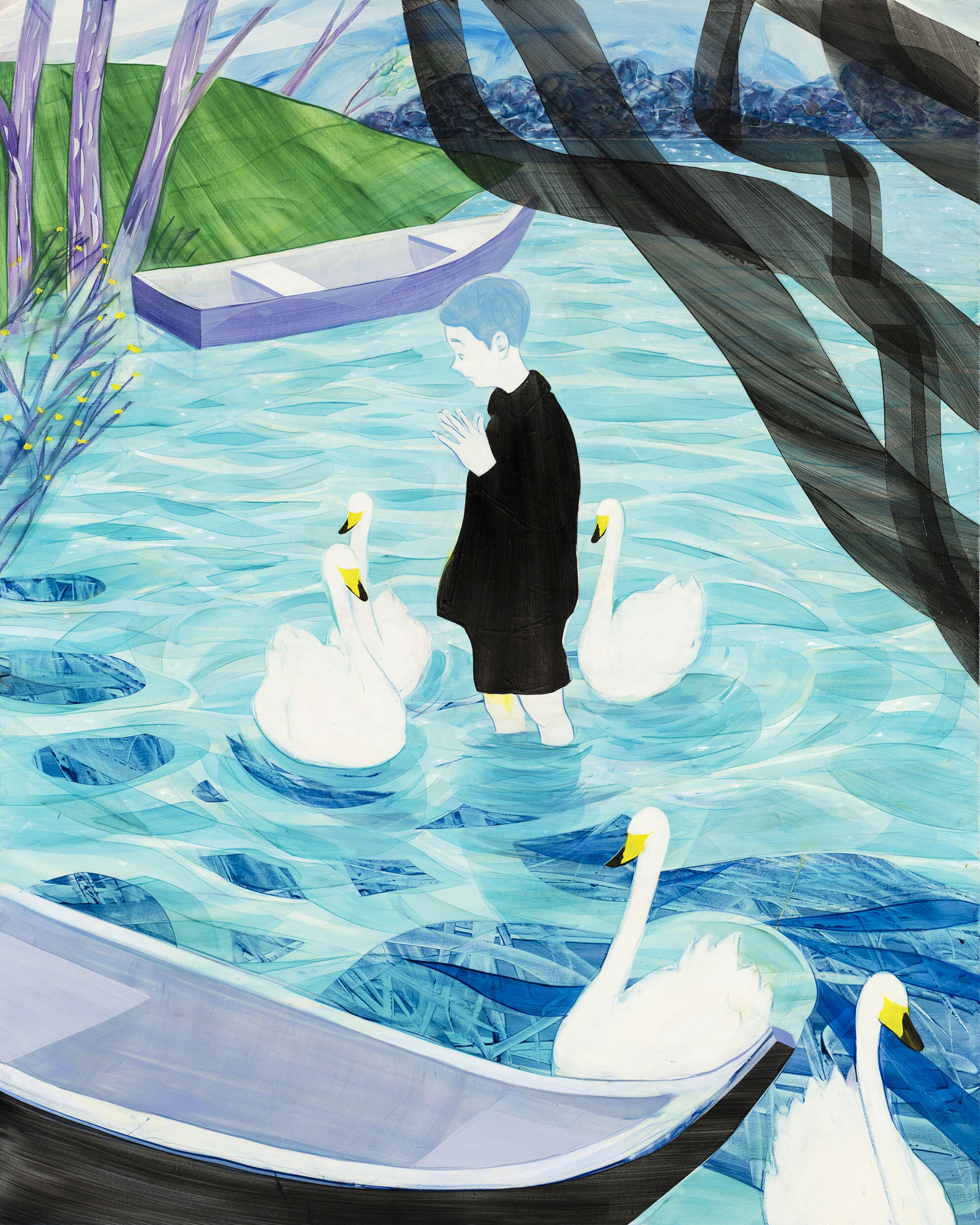







![[Postcard] Aperto 15 TOMIYASU Yuma The Pale Horse ( 21st Century Museum of Contemporary Art, Kanazawa)](https://artfrontgallery.com/whatsnew/assets_c/2022/03/FJNTvbOVQAAxCit-thumb-1368x2048-9763.jpg)

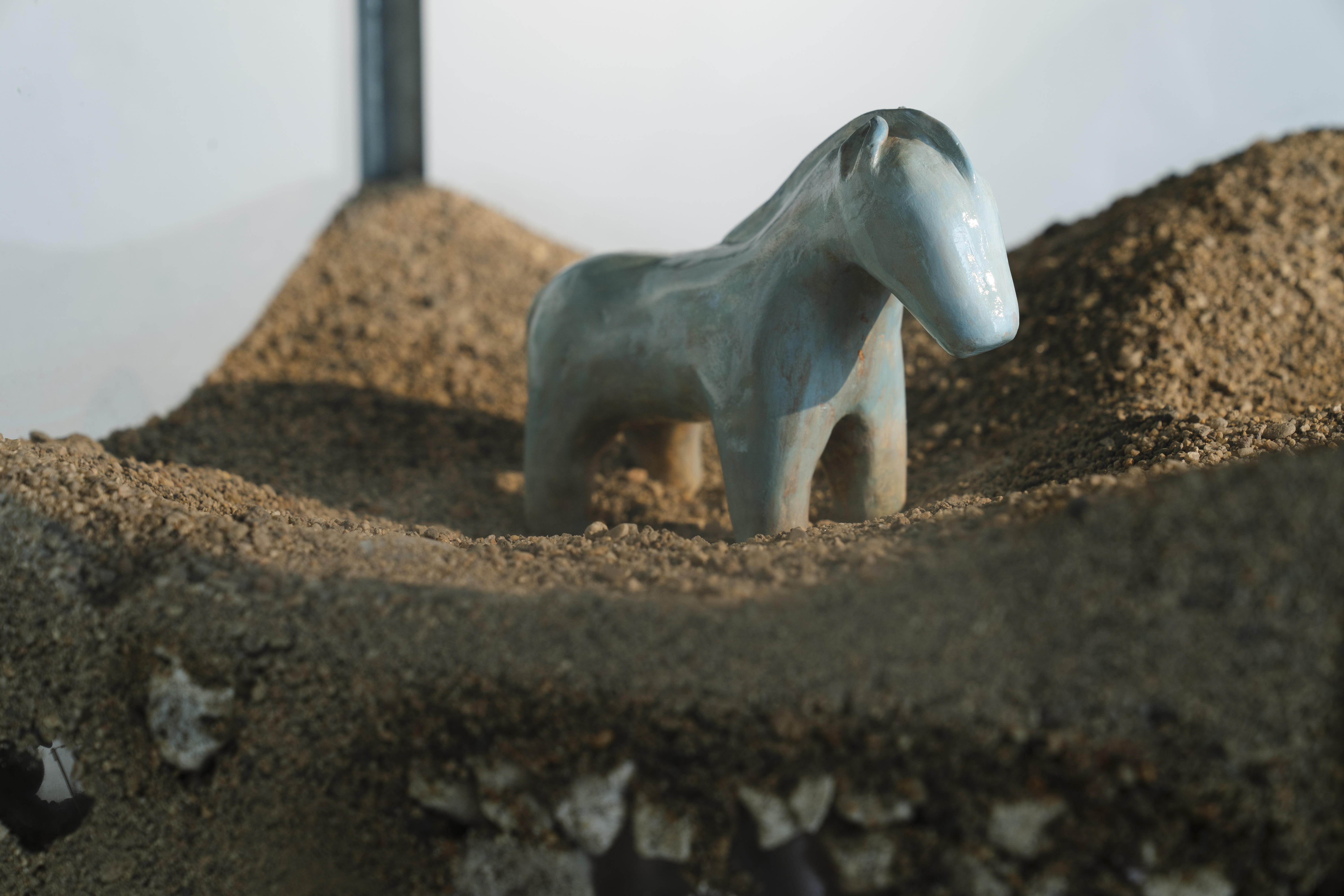
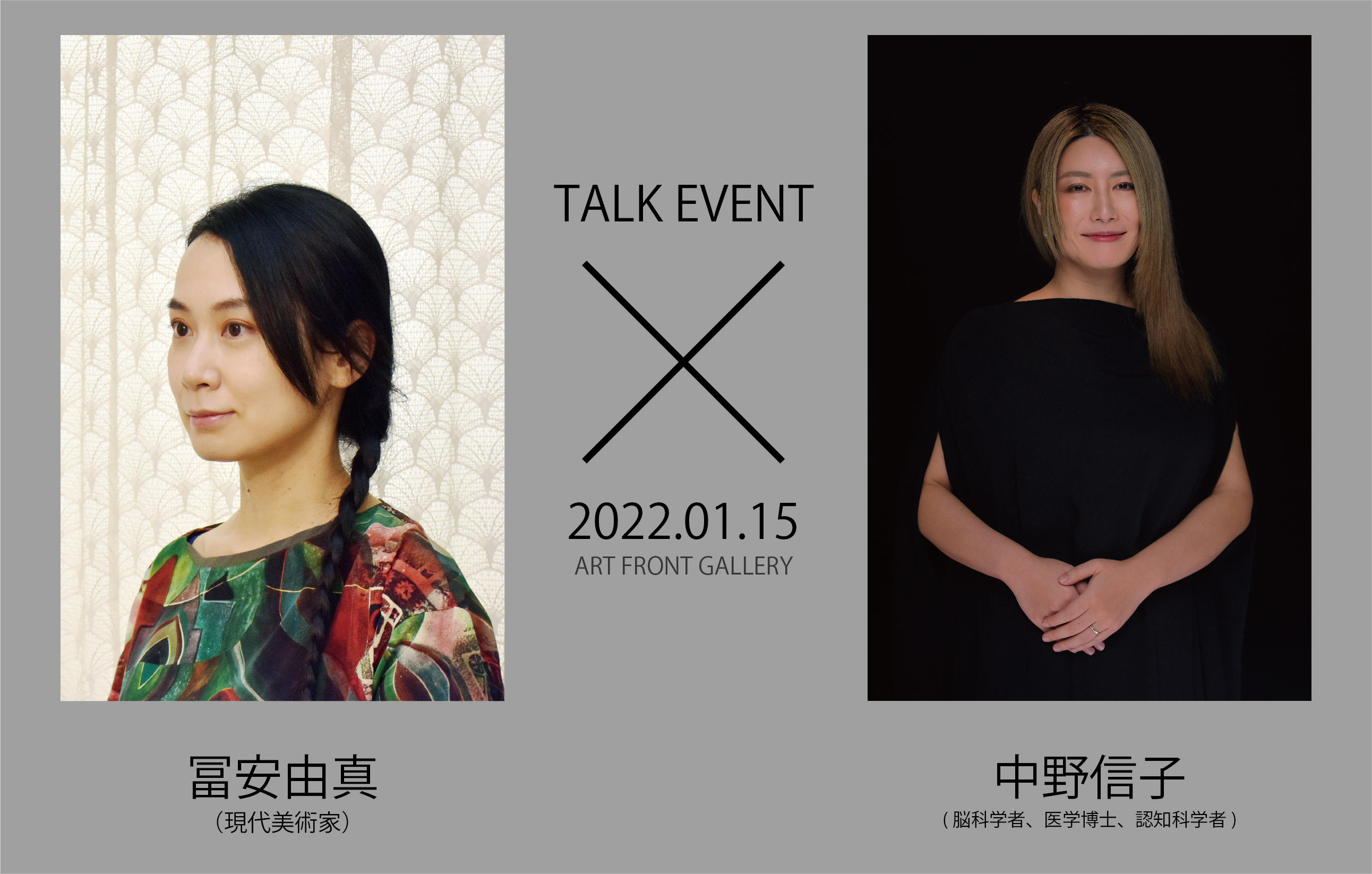

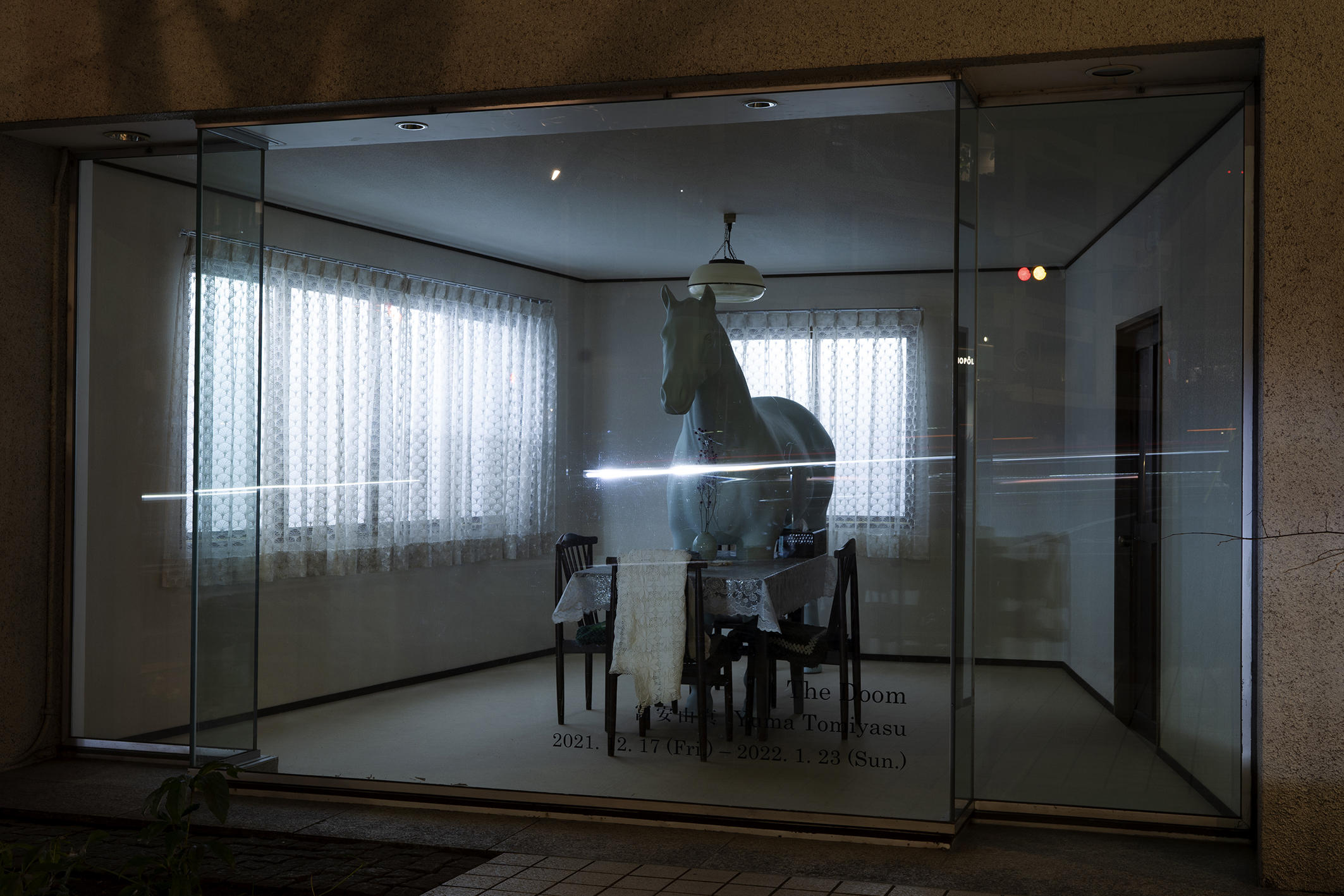


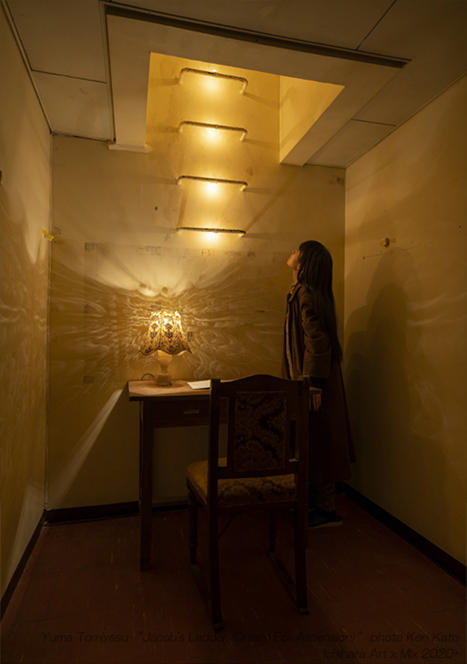


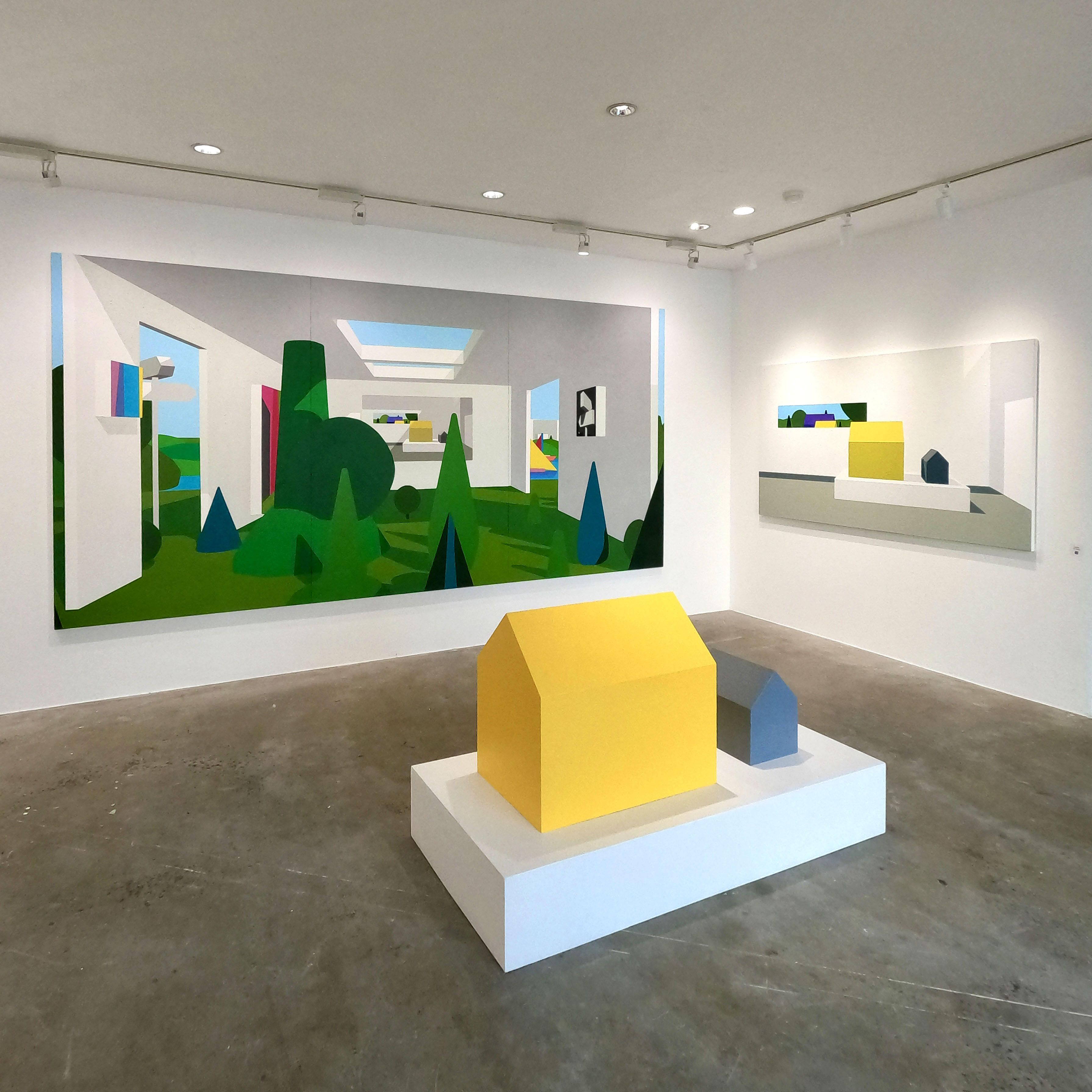








Realated Project


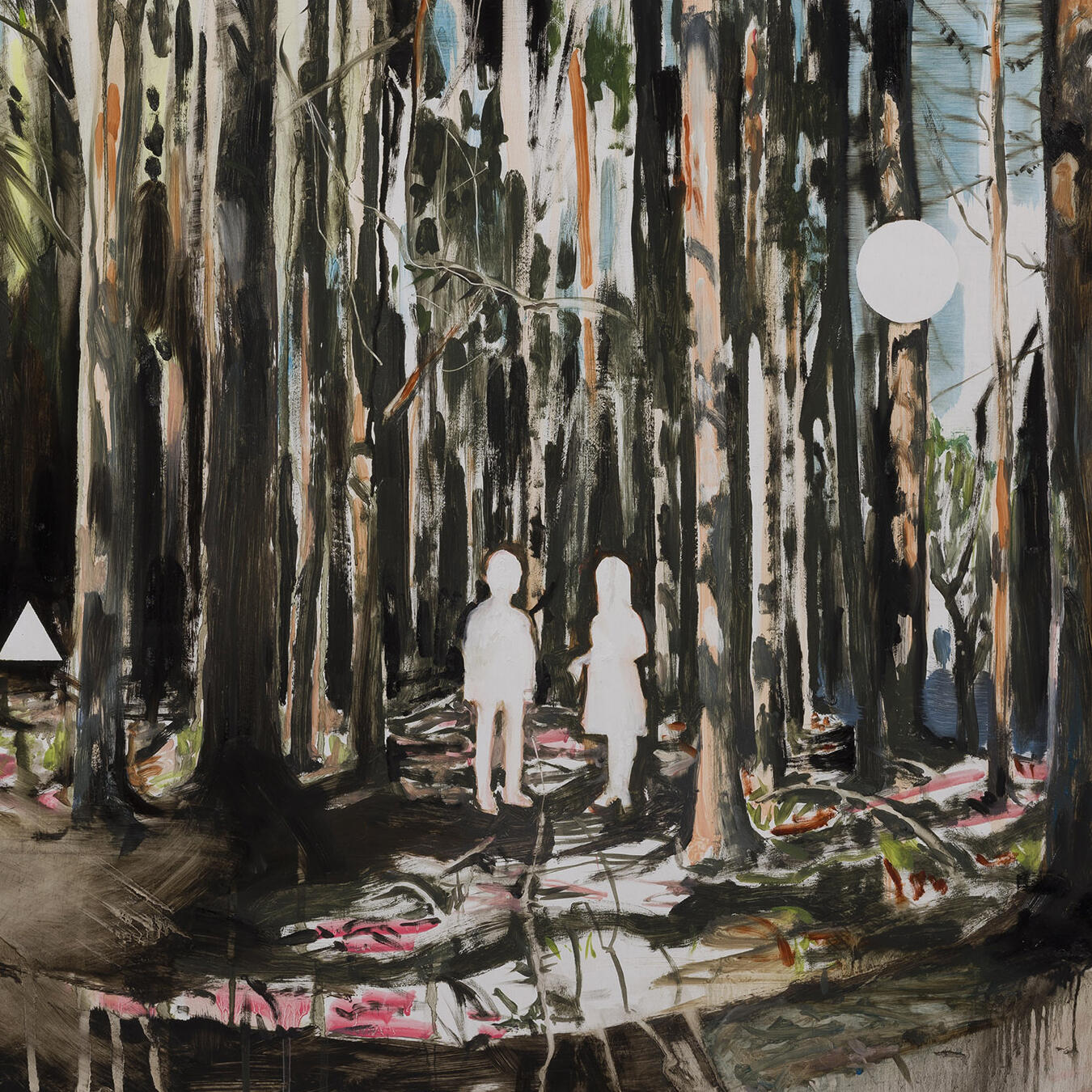
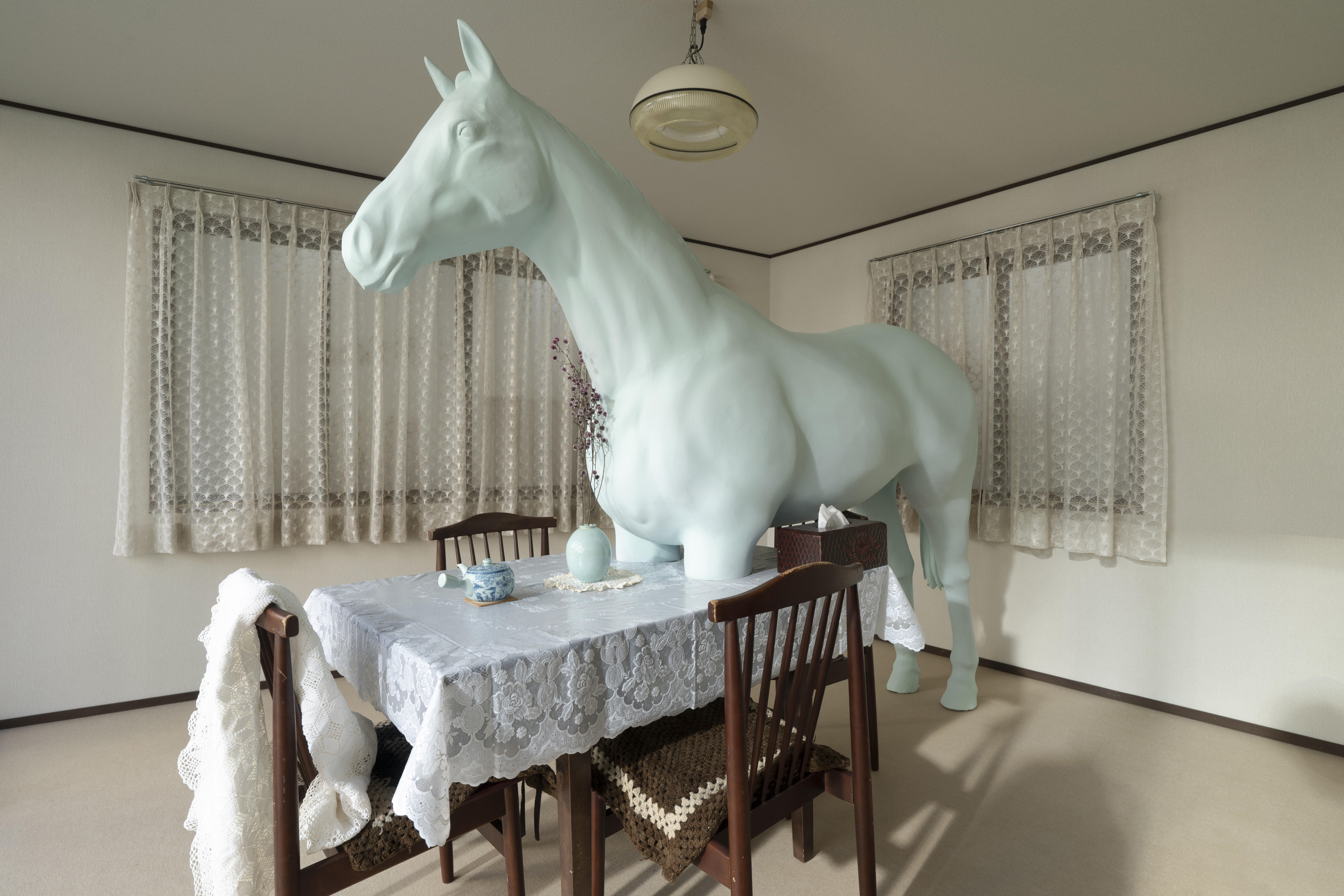


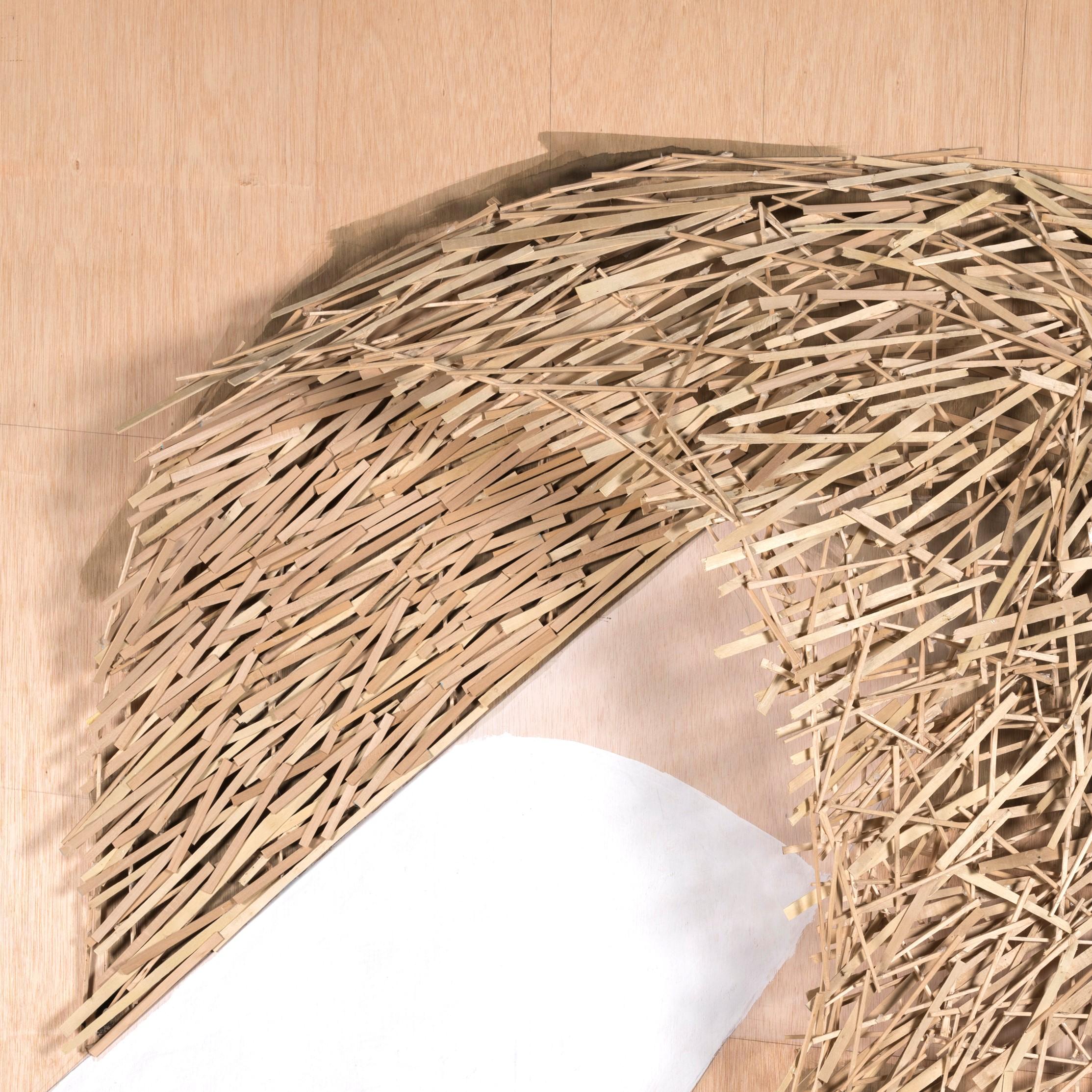



![[Postcard] Aperto 15 TOMIYASU Yuma The Pale Horse ( 21st Century Museum of Contemporary Art, Kanazawa)](https://artfrontgallery.com/book/assets_c/2022/03/FJNTvbOVQAAxCit-thumb-1368x2048-9726.jpg)




